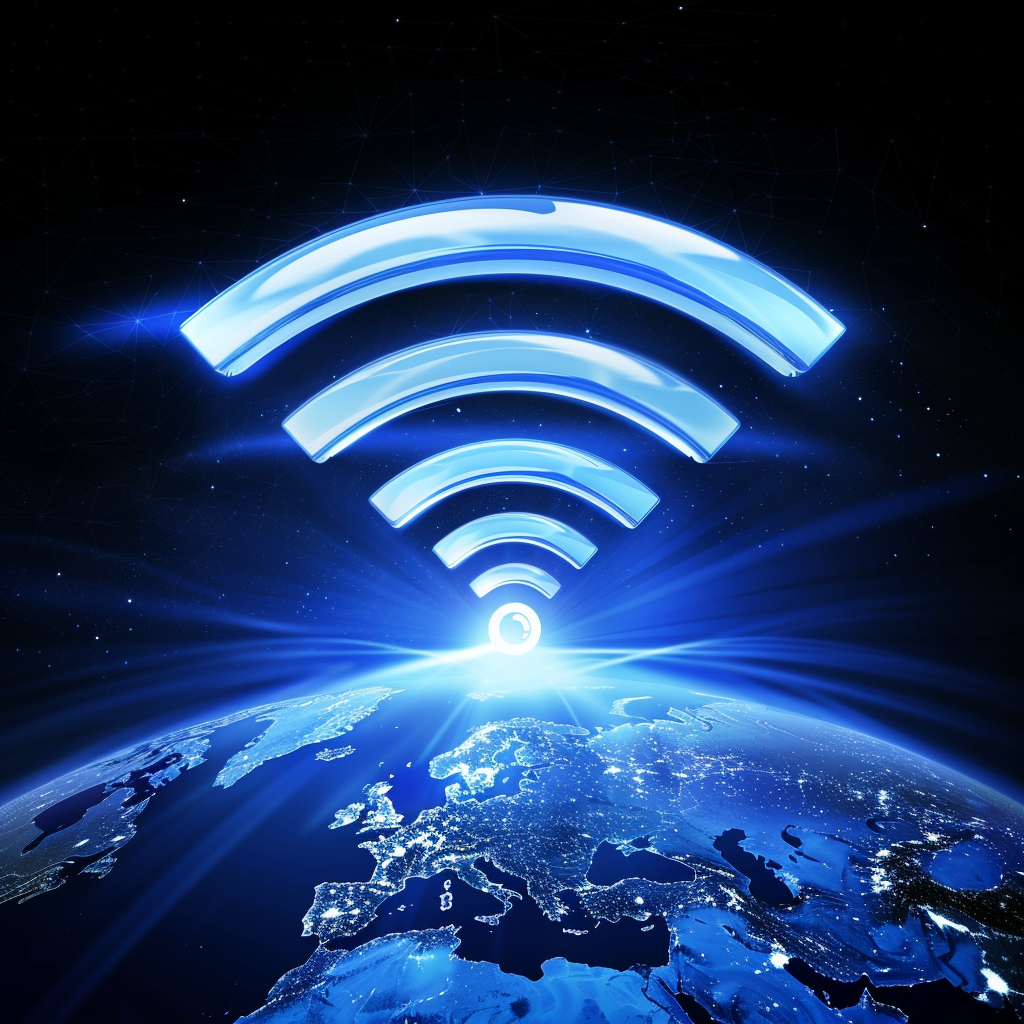In the realm of internet connectivity, terms like “WiFi” and “broadband” are often used interchangeably, leading to confusion. However, WiFi and broadband are distinct concepts that play different roles in providing internet access. This article aims to clarify the differences between WiFi and broadband, explaining how they work together to deliver seamless online experiences.
What is Broadband?
Broadband refers to high-speed internet access that is always on and faster than traditional dial-up connections. The term encompasses various technologies that deliver high-speed internet, including:
- DSL (Digital Subscriber Line): Uses existing telephone lines to provide internet service.
- Cable Broadband: Utilizes the same coaxial cables as cable television to offer internet access.
- Fiber-Optic Broadband: Transmits data through light signals in fiber-optic cables, providing extremely fast speeds.
- Satellite Broadband: Delivers internet via satellites, ideal for remote areas.
- Fixed Wireless Broadband: Uses radio signals to provide internet access from local antennas to homes.
What is WiFi?
WiFi stands for “Wireless Fidelity” and refers to a technology that allows devices to connect to the internet wirelessly using radio waves. WiFi creates a local area network (LAN) within a specific range, typically in homes, offices, and public spaces. Key components of a WiFi setup include:
- Router: A device that connects to the broadband modem and broadcasts the WiFi signal.
- Modem: A device that connects to the broadband service and provides internet access to the router.
- WiFi-Enabled Devices: Devices such as smartphones, laptops, tablets, and smart home gadgets that can connect to the WiFi network.
Key Differences Between WiFi and Broadband
| Aspect | Broadband | WiFi |
|---|---|---|
| Functionality | Refers to the high-speed internet connection delivered to your home or office. | Refers to the wireless network created within your home or office, allowing multiple devices to connect to the internet without the need for cables. |
| Scope | Encompasses the entire infrastructure and technology used to provide high-speed internet access. | Specifically relates to the wireless network within your local area (such as your home), enabling devices to connect to the modem wirelessly. |
| Physical Components | Requires a modem to connect to the ISP’s network. Depending on the type of broadband, it may use telephone lines, coaxial cables, fiber-optic cables, or satellite dishes. | Requires a router to broadcast the wireless signal. The router connects to the modem and creates a WiFi network that devices can join. |
| Usage | Provides the internet connection itself. It is responsible for the speed and bandwidth available for downloading, streaming, and browsing. | Distributes the internet connection within a local area. It allows devices to connect to the internet without physical cables but relies on the broadband connection for internet access. |
How Broadband and WiFi Work Together
To understand how broadband and WiFi work together, consider the following steps:
- Broadband Connection: Your ISP provides a broadband connection to your home via DSL, cable, fiber, satellite, or fixed wireless technology.
- Modem: The broadband connection enters your home and connects to a modem. The modem translates the broadband signal into data that can be used by your devices.
- Router: The modem connects to a router, which then broadcasts the WiFi signal throughout your home.
- WiFi Network: Devices within the range of the WiFi network can connect wirelessly to the router, accessing the internet through the broadband connection.
Conclusion
In summary, broadband and WiFi are not the same but are complementary technologies that work together to provide internet access. Broadband refers to the high-speed internet connection delivered to your home by your ISP, while WiFi is the wireless network that distributes this internet connection within your local area. Understanding the distinction between these two can help you better manage your home network and troubleshoot any connectivity issues you might encounter.
For more information and tips on managing your home internet setup, subscribe to our newsletter and visit our blog regularly. Stay connected and enjoy seamless internet access with the right combination of broadband and WiFi technology!
